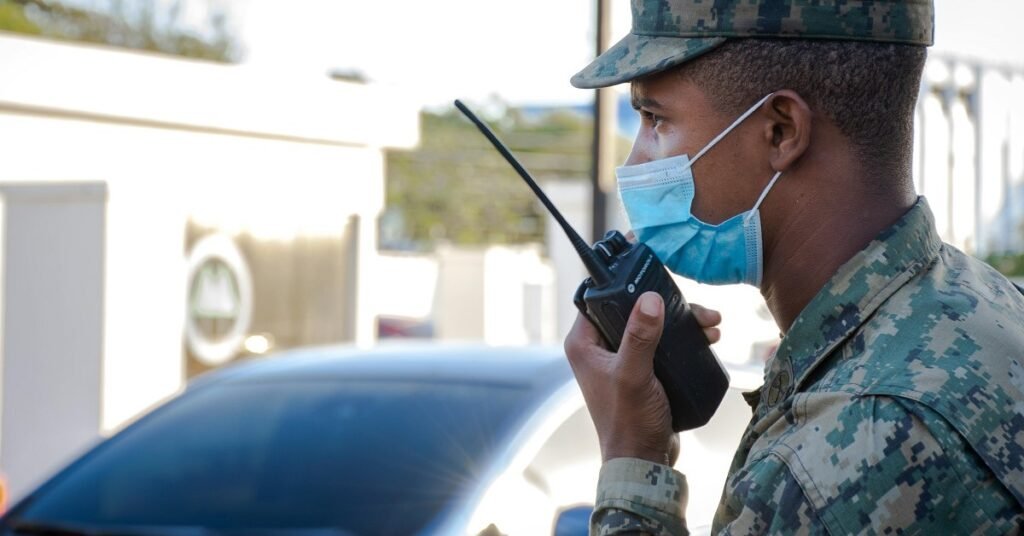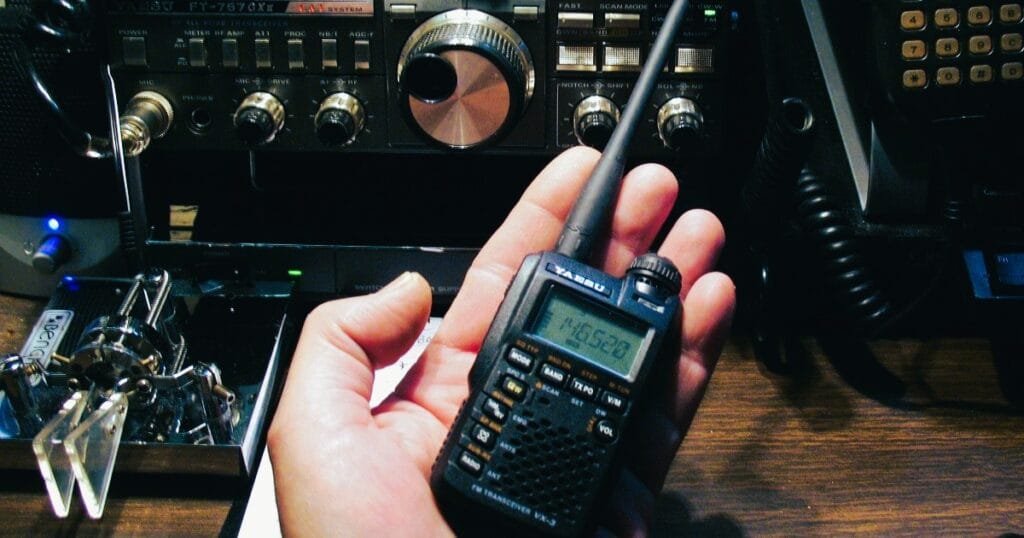Table of Contents
ToggleWhy My Radio is Sending Fine, But Not Receiving Signals: Understanding Radio Frequency Signals
We’ve all been there: your beloved walkie-talkie is transmitting radio frequency signals like a pro, but it’s refusing to accept any radio frequency signal in return. I just had an unpleasant encounter with my Motorola XP walkie-talkie. While my outbound broadcasts were successfully sent to others via radio frequency signals, the receiving ones appeared to have gone. I’ll explain why your radio may be broadcasting radio frequency signals correctly but failing to receive signals. Let’s look at these probable culprits and remedies.
The Sneaky PTT Button Problem
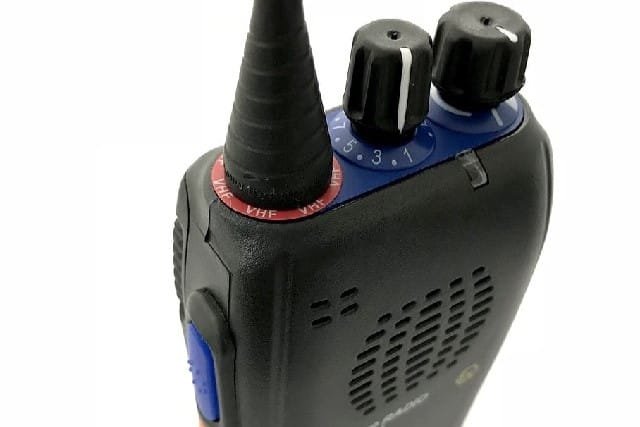
The problem can be arise from the PTT button. Actually you already know if you are a handheld radio or walkie-talkie user, a PTT button is used to transform the walkie-talkie from receiving mode to sending mode. By the time of sending mode, your radio cannot receive signals. That said, it could also be the sly offender of your catching issues as well. If the PTT button stays stuck or fails your radio will become permanently on broadcast. The fact that the PTT button is stuck means your radio has pretty much been talking nonstop and never listening because walkie-talkies only operate half-duplex (half meaning one person talks, the other listens).
Fix: Double-check that your Push to Talk (PTT) button is working. It does get sticky or stuck — if it does, you might have some fixing to do. In Some cases, only wiping the button or pressing it hard might work. The problem persists if none of the above is successful for you, then it is probably time to seek assistance from a professional.
Same Radio Frequency Signals: Frequency Matching
Let’s discuss frequencies. Walkie-talkies are able to have a chat like old school pals if they both have the same frequency set. Small discrepancies like 450.001 MHz instead of 450.000 MHz can turn your conversation into a monologue in no time flat. You might be putting out signals like a champ, but if the frequencies are not aligned your radio is just going to sit there and not pick anything up.
Fix it: Double-check that both radios are using the same frequency. This is a typical omission, but it’s a simple adjustment that may save you a lot of heartache (and silent radio moments).
Click here to learn about radio frequency and radio waves in detail.
CTCSS and DCS: The Silent Guardians of Your Radio’s Communication
You may say CTCSS and DCS are the privacy protection codes of radio frequency communication. They help filter out undesirable messages, ensuring that your communication line remains private. However, if the CTCSS or DCS codes on your radios do not match, you will not be able to hear incoming signals, even if your broadcasts are clear. It is similar to having a treasure box without an opening key.
Fix it: We need to make sure that all the radios are configured with the same privacy code, such as CTCSS or DCS. This will allow for more fluid communication and eliminate the awkward silence. Keep in mind that matching the codes is critical for both transmitting and receiving, particularly in contexts with many users.
Unsure about CTCSS vs. DCS codes? Find detailed information and differences here.
The Repeater for Radio Frequency Signals
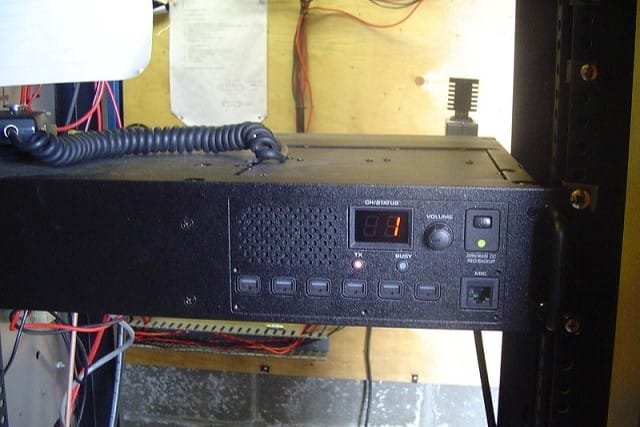
Repeaters are magical gadgets that may increase the range of your walkie-talkies. They take your signal, magnify it, and transmit it across longer distances. However, even repeaters have their down days. Bad weather, interference, or technical issues with the repeater can all disrupt your reception, making it feel like you’re yelling into the abyss.
Fix it: If you feel the repeater is the problem, try switching to another one or communicating straight without it. Also, check the weather—it can play a greater role in your radio frequency signal game than you realize.
Click here to learn about types, setup, coverage, and top brands of repeaters.
Trying to Receive on a Frequency It Is Not Designed For
Radios are finicky about frequency. They are built to perform within specified radio frequency signal ranges, and attempting to force them to operate outside of their comfort zone will result in a protest. If you set your radio to a frequency it was not designed for, it will struggle to receive radio frequency signals, no matter how strong the broadcast.
Fix it: Always operate inside your radio’s permitted frequency range. It’s similar to making sure your automobile has the appropriate type of fuel—it won’t run properly without it. Consult your radio’s handbook to determine the right frequency ranges and adjust accordingly.
Offset Setting For Radio Frequency Signal
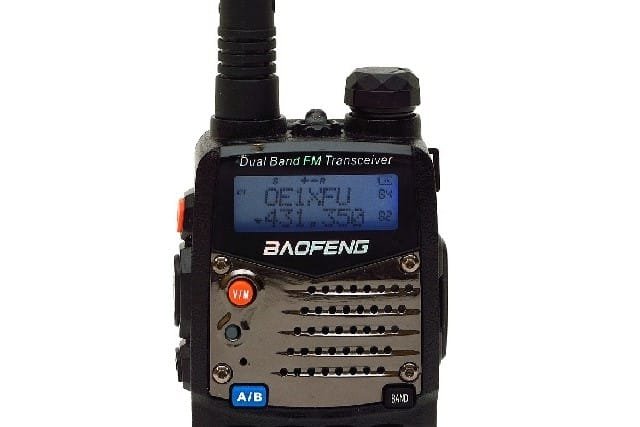
When utilizing a repeater, you must have the “offset setting” exactly perfect. By adjusting the offset setting, we can set the frequency difference between the receiving frequency and the sending frequency of our radio. If your offset is turned off, your radio will behave as if it is in a parallel universe, unable to receive what is being sent.
Fix it: Check that the offset settings on your radio meet the repeater’s specifications. If not, make the necessary adjustments to ensure that everything is exactly aligned.
Defective Circuitry Drama
Sometimes the problem is deeper than settings and buttons. Faulty wiring in your walkie-talkie might disrupt its capacity to receive communications. It’s like attempting to conduct a discussion over a damaged phone line—it simply won’t work. A malfunctioning speaker might possibly be the sly cause of your radio’s silence.
Fix it: If nothing else works, it might be time to bring your radio to a professional for further investigation. Duct tape doesn’t fix blown speakers or bad circuits. Regular monitoring these inspections to catch problems as they arise (migration planning) full disconnections from a communication perspective.
Enemy of Radio Frequency Signals: Interference
Interference is the radio equivalent of a nosy neighbor; it disturbs communication and complicates things. Nearby electrical gadgets and even physical obstructions might interfere with your radio frequency signal. If you’re in a signal-rich location, interference might be the reason you’re sending radio frequency signals but not receiving messages.
Fix it: Move to another area or switch off any adjacent electrical gadgets. Sometimes merely getting away from the interference might restore your radio’s functionality.
Range Anxiety: Distance Challenges
Walkie-talkies have a range. While the power output of your radio may not be able to transmit into their location if they are a far distance from you. It will be like yelling across a canyon, your voice can only carry so far.
Fix it: Make that both radios are in their effective range. If you need to increase the range, use a repeater or a more powerful radio. Even a little change in posture, such as being on higher ground, can make a substantial impact in reception.
The Wrong Antenna Issue
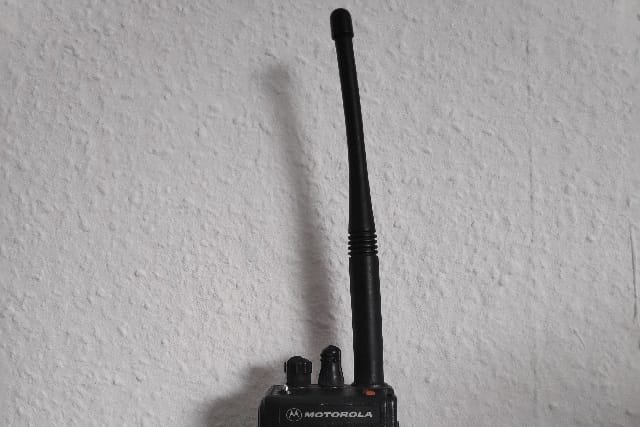
Yeah, it is like trying to get radio stations with a coat hanger instead of the right antenna. Nor do you need antennas designed for each of the bands as when separating UHF and VHF radios. You could lose reception if you use a VHF antenna with a UHF radio and vice versa.
Solutions to fix: Evaluate Antenna and Make sure your antenna is compatible with the radio. If it is not, then you need to select the correct one for the range of frequencies that you want. While antennas are one of the most commonly forgotten items, they are often a critical component to how well a transceiver can transmit and receive.
Final Thoughts
Troubleshooting radio reception difficulties may be like solving a riddle. However, with a little time and expertise, you can get your walkie-talkie back on track. Understanding these typical difficulties, whether it’s how to fix a stuck PTT button, align your frequency, or prevent interference, can keep you from experiencing the dreaded radio silence.
Remember these techniques the next time your radio decides to just send rather than receive. After all, in the world of walkie-talkies and radios, clear communication is the ultimate goal—and you’re one step closer to getting there. So go ahead and take control of your radio, allowing messages to flow both ways!
